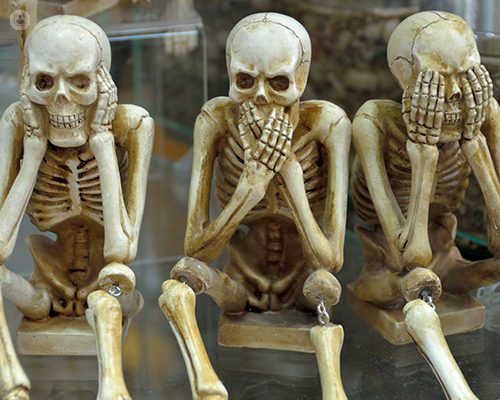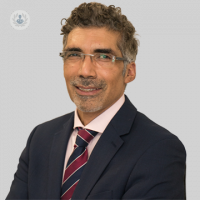15 things you might not know about bone loss and osteoporosis
Written by:Osteoporosis is often thought of to be a condition which only affects older people, or women. The reality is, however, that it affects many people across all walks of life, and across genders around the world. Here, Dr Taher Mahmud of the London Osteoporosis Clinic talks us through 15 facts about our bones and osteoporosis - some of which might surprise you!

- Bone is actually a living, growing organ in the body, which is strong, but flexible.
- We constantly lose old bone and form new bone throughout our lives.
- Past the mid-life point, bone loss usually starts to become greater than bone formation across the general population, affecting both men and women.
- When you lose too much bone, or do not make enough of it, or perhaps a combination of both, this is osteoporosis.
- Approximately 3 million people in the UK suffer from osteoporosis.
- Some bone loss can be a result of certain kinds of medication.
- Even though bone loss affects both men and women, roughly half of all women and 1 in 4 men over the age of 50 will break a bone as a direct result of osteoporosis.
- Women lose up to 20% of their bone density in the five to seven years surrounding the menopause.
- By around age 80, Caucasian women have usually lost around one third of their hip bone density.
- Broken hips are on the rise, and can be fatal, resulting in 1150 monthly deaths in the UK alone.
- If your parents experienced bone breaks in adulthood, your chances of having osteoporosis are greater, as osteoporosis has genetic elements.
- The most common osteoporosis breaks happen in the wrist, spine, or hip. A broken bone in the back may cause a sharp pain, but it also may show no symptoms at all.
- In those with osteoporosis, breaks can result from even small everyday actions, such as sneezing, lifting, bumping into something, or even hugging someone.
- Osteoporosis often shows no symptoms, so many people do not actually know they are affected by it until they break a bone.
- Osteoporosis is common, but it is manageable, treatable, and preventable.


